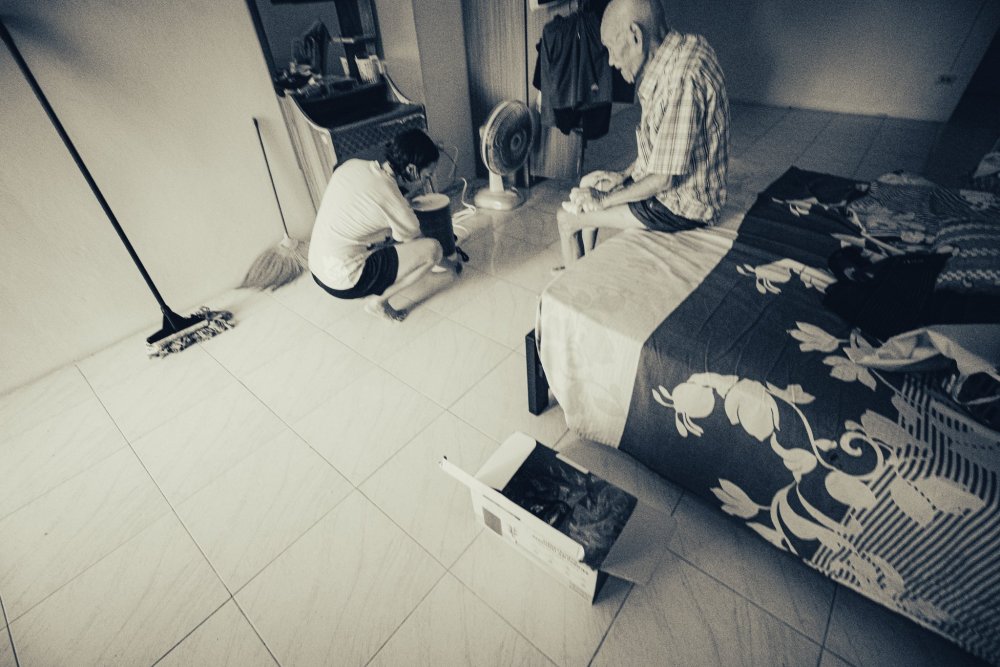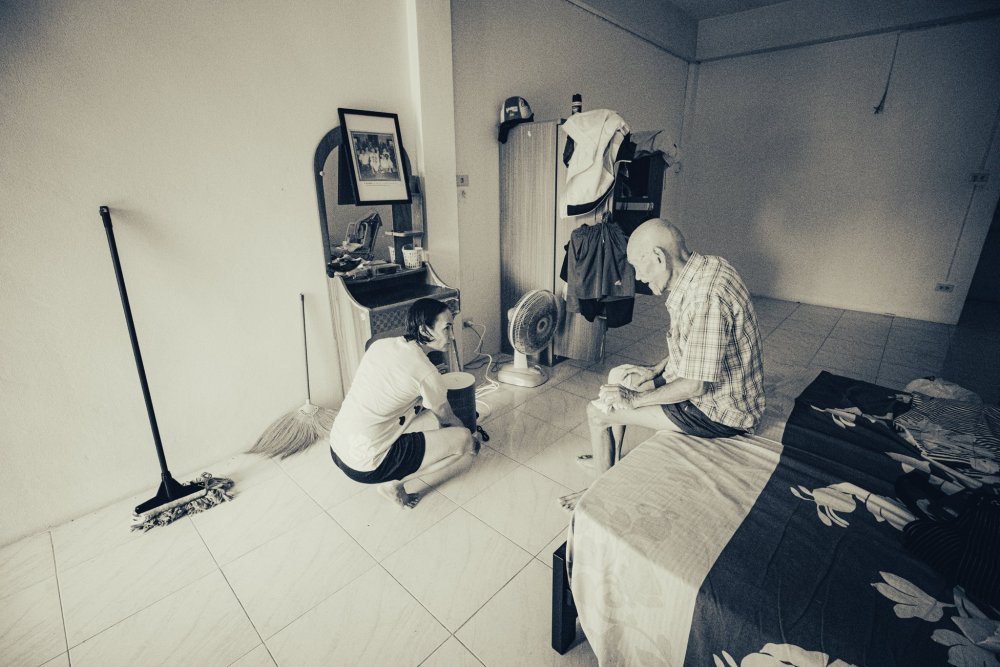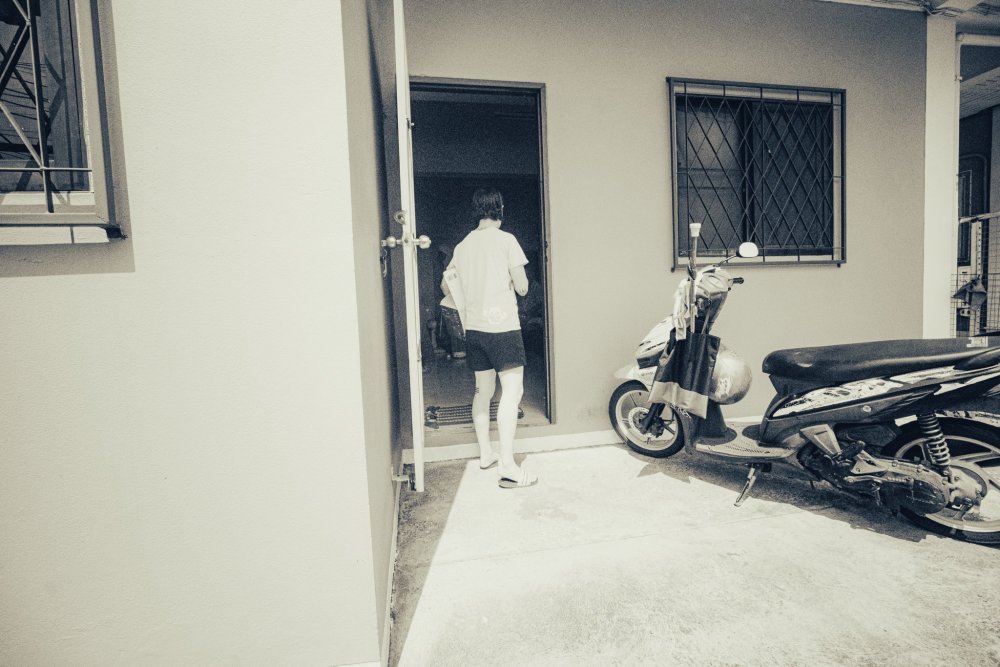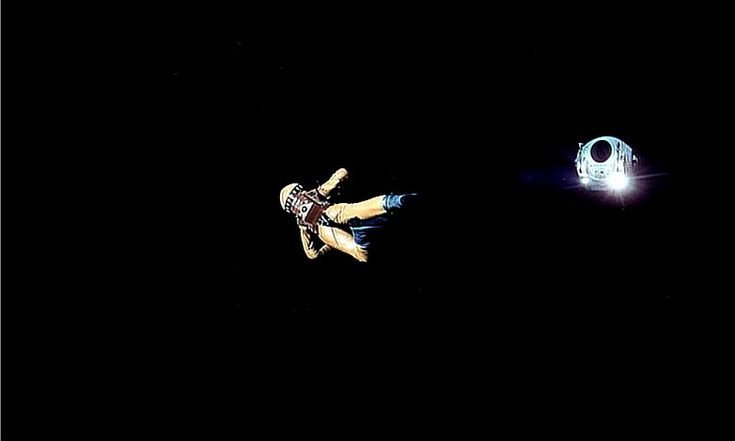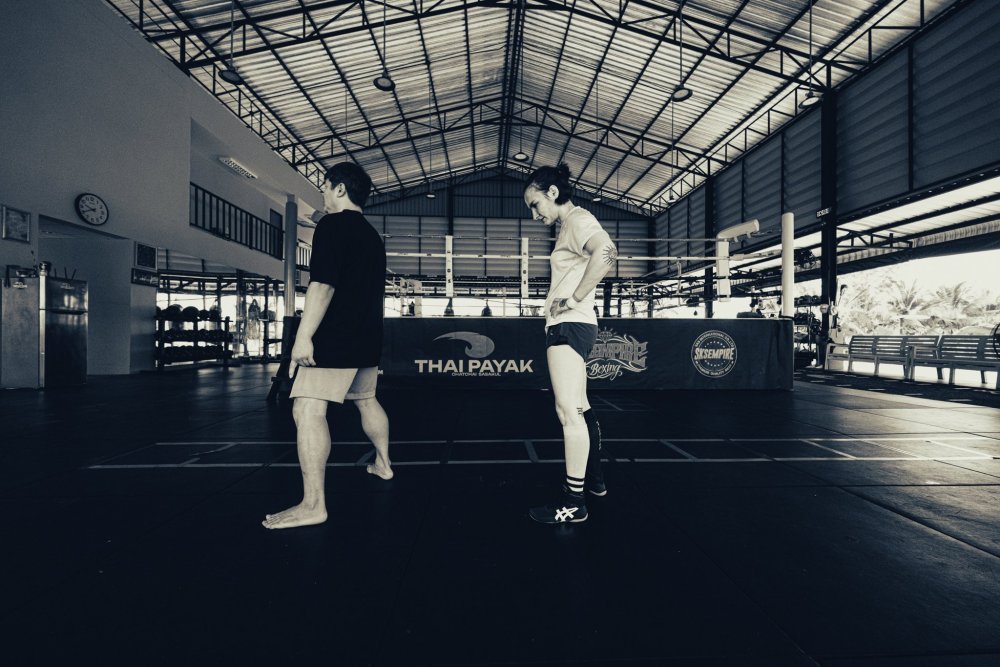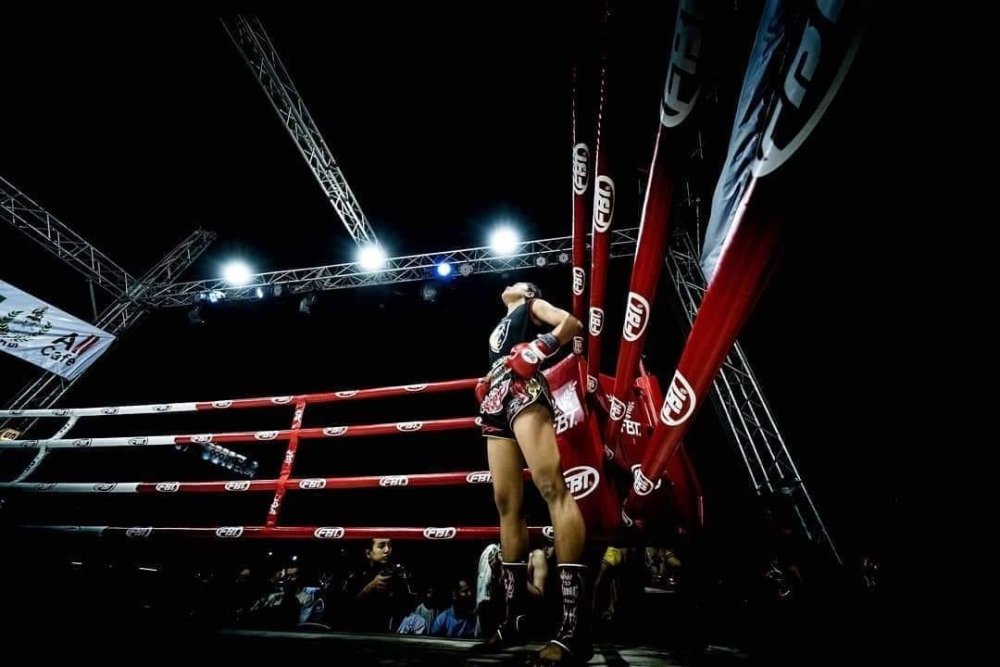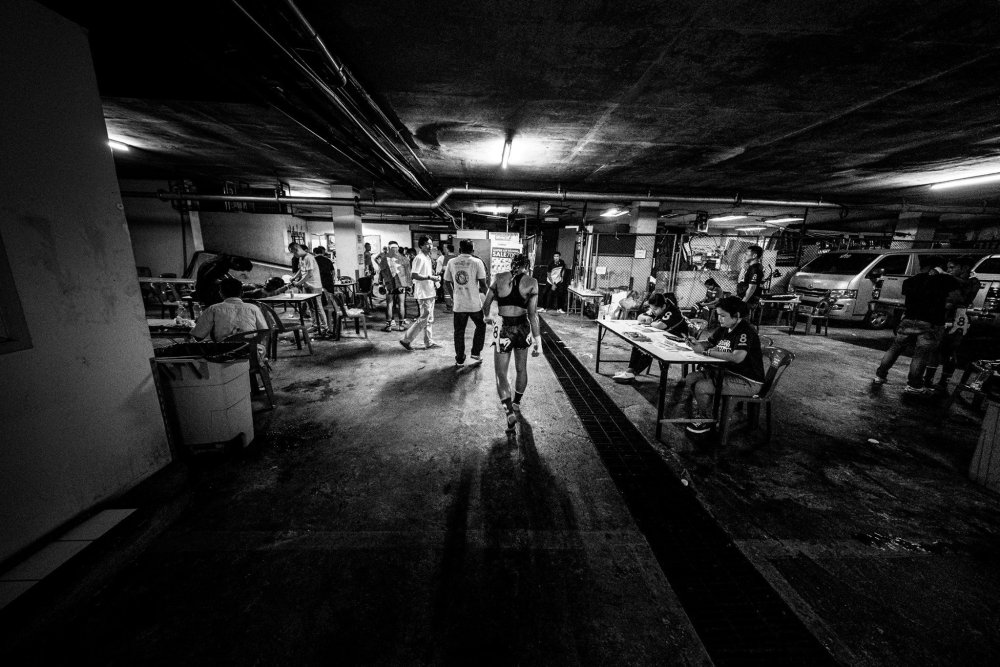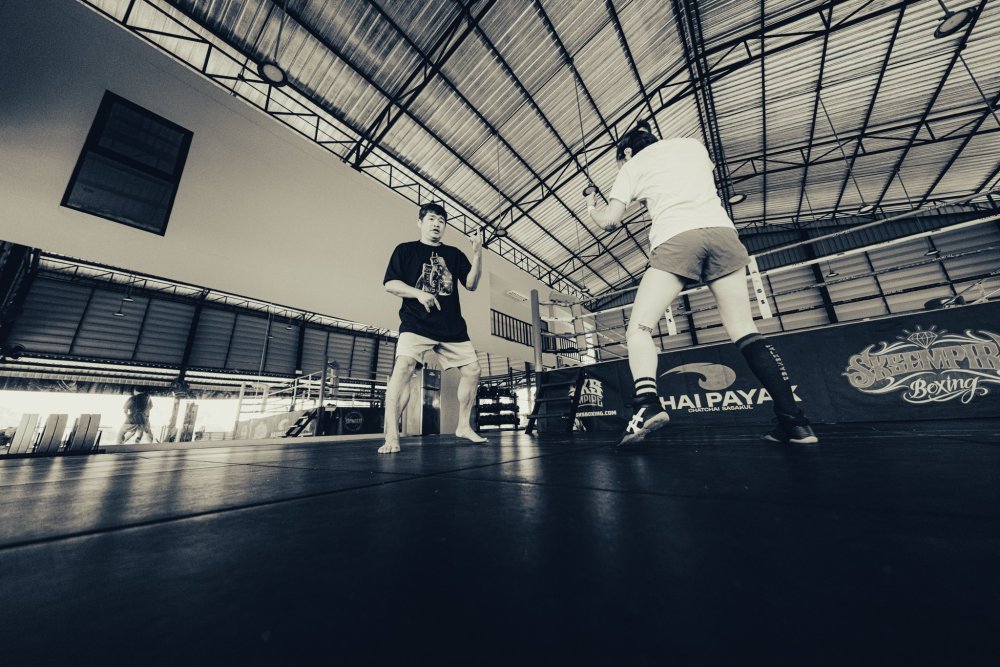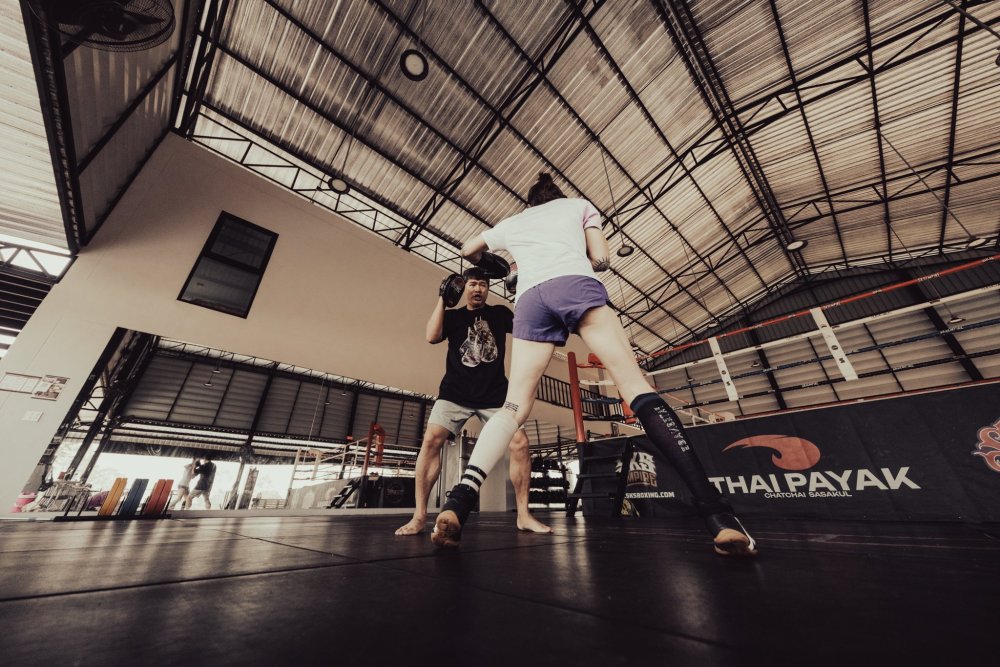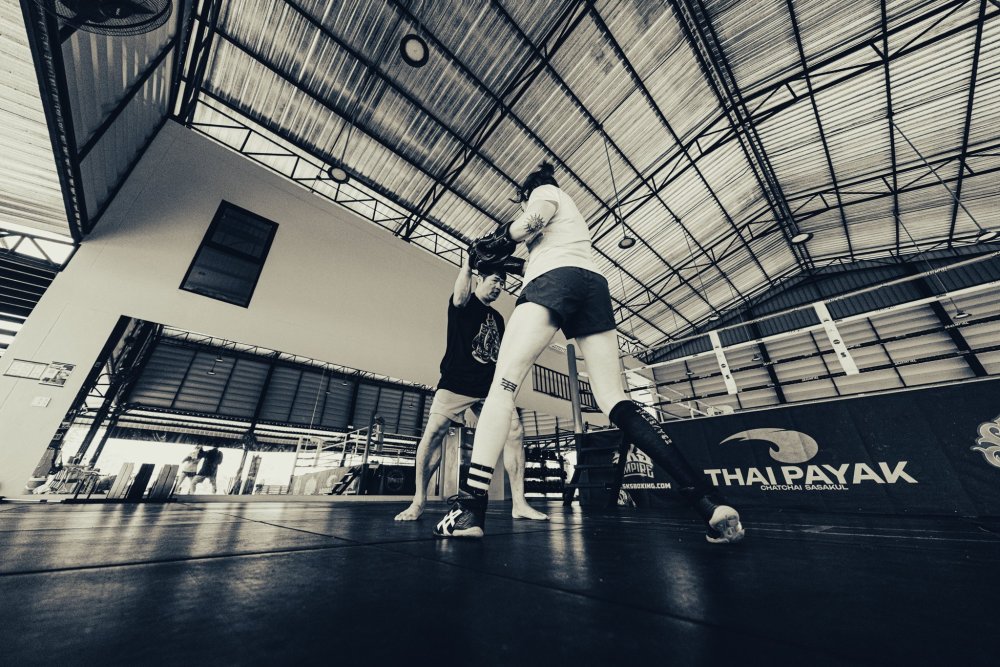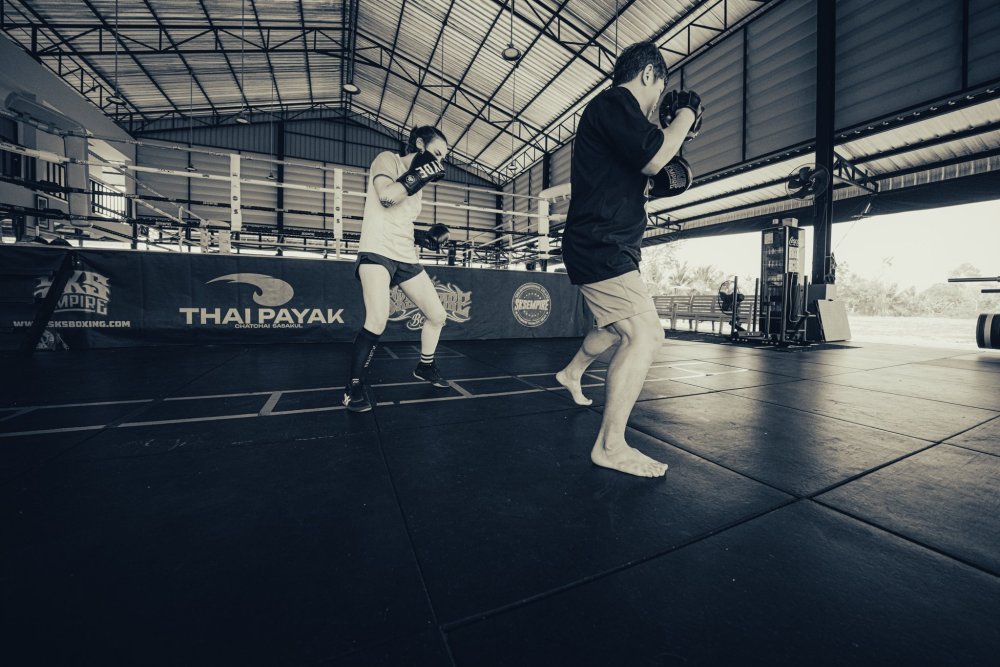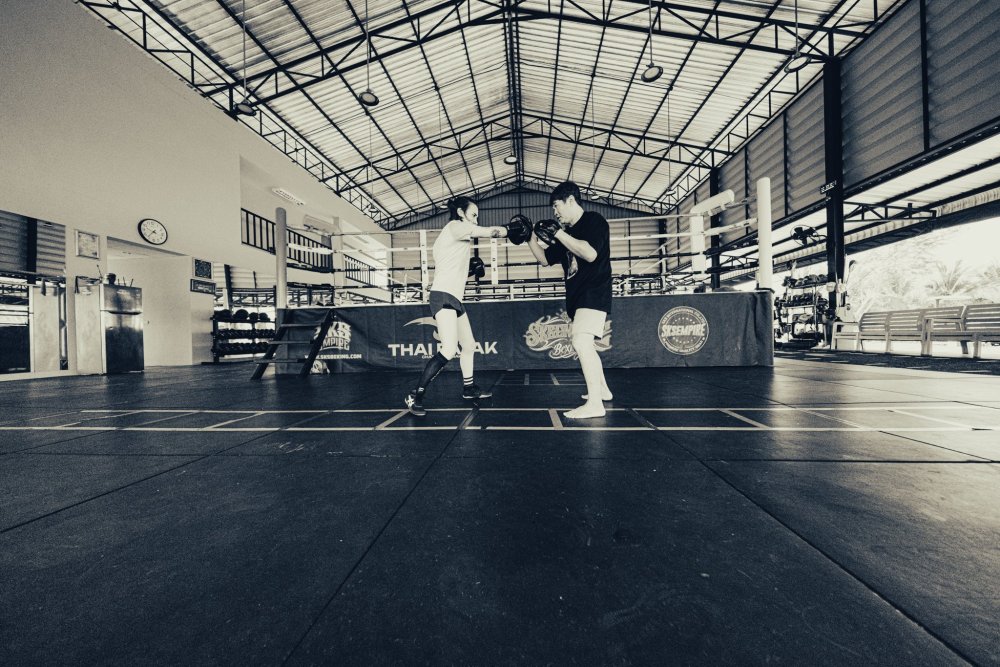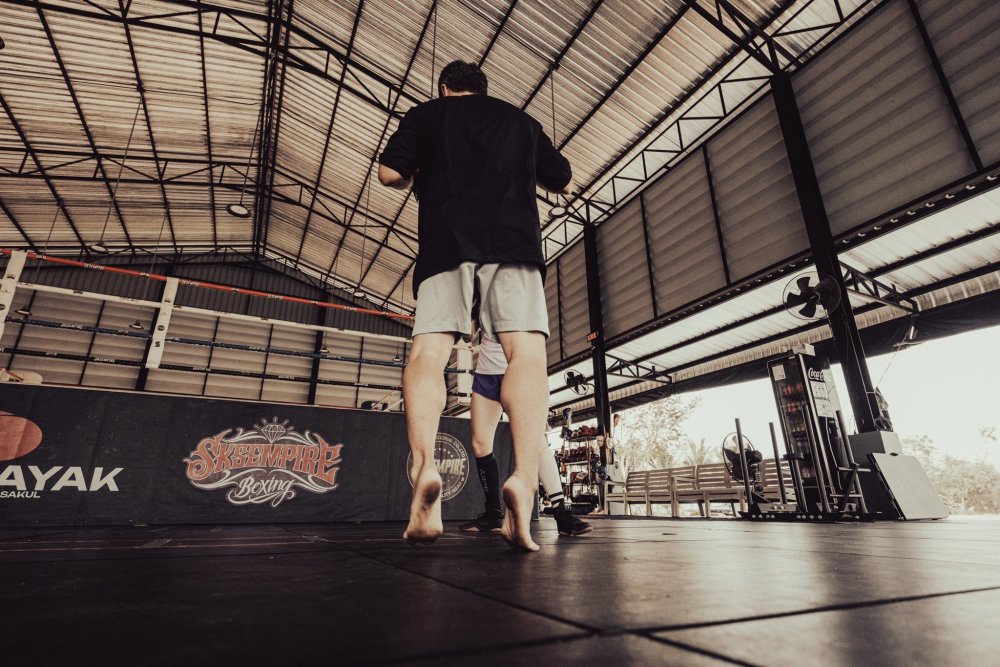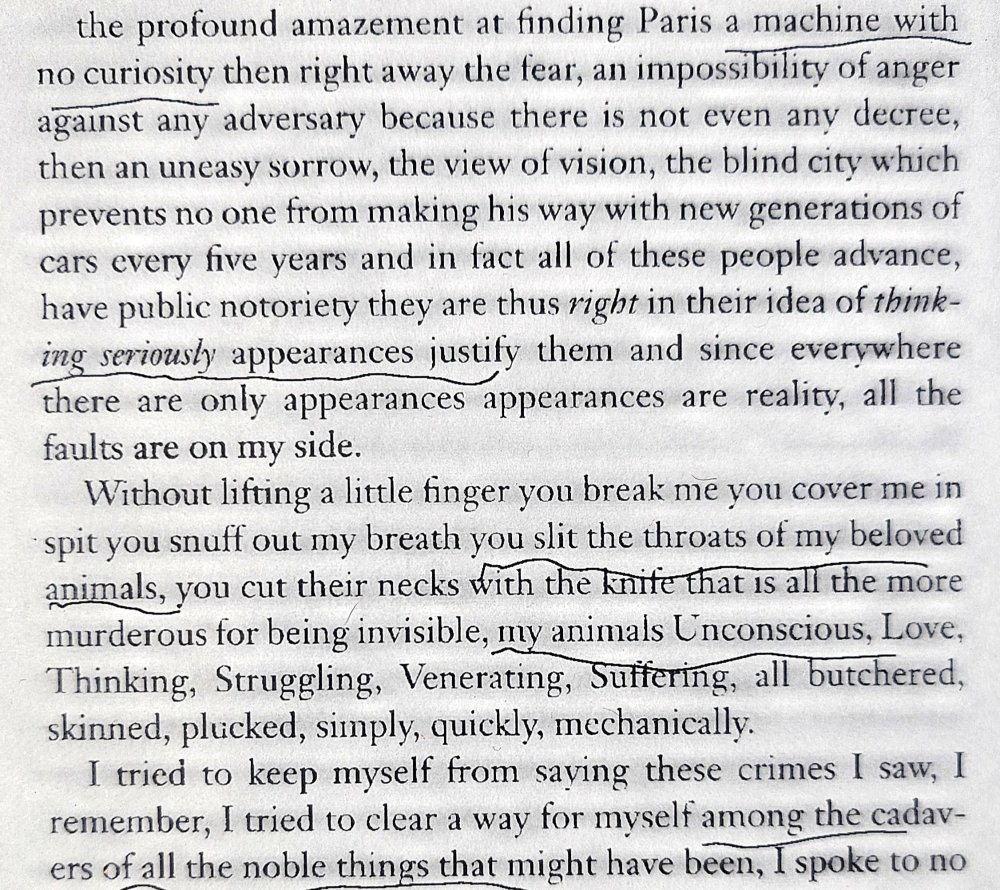-
Posts
2,264 -
Joined
-
Days Won
499
Everything posted by Kevin von Duuglas-Ittu
-
Caring for Arjan Gimyu Sylvie did a very good deed today. Arjan Gimyu in his 80s, 2x Coach of the Year, kru of Kaensak and so many other champions, has been somewhat confined to his room because of the air quality and his asthma. He lives a very spar life on a government check, just really a room and a radio and a fan. He usually drives over to Rambaa's gym in the afternoons so he can be in a kaimuay, the real form of the sport where kids are developing, pads and bags popping everywhere, but he's had to stay home lately. Sylvie bought a good Hepa airfilter he can run at night to clean the rooms air, dropping it off, plugging it in and showing him how to use it. She texts with him regularly when he can't make it to the gym, talking about how fighters did and such, keeping in contact. Just knowing that someone cares just a little bit more than expected goes a very long way.
-
Starting this journal because I really am becoming part of a resistance to Social Media, which is a form of pulverization. I just have to have somewhere to put my aesthetic impressions or thoughts. I'm not sure how much this will continue, but starting it helps. Saw two spectacular movies I really didn't know. The Big Risk (1960) with Lino Ventura and Fassbinder's Love Is Colder Than Death (1969). Wow, both visually arresting. The Big Risk full of vistas, framed out interiors, face portraiture, a beautiful serial on-the-run story that filled me with visual imagination. Love is Colder Than Death has incredible blownout compositions with dark figures (scenes on white walls exposed to the black leather jackets, etc). Both have those Living Greys where grey becomes an unbelieveable White in the Mind's Eye.
-
You get some of this in the somewhat wide shot of Ali's famous "What's My Name?" photo vs Ernie Terrell (1967). You need the rest of the "world" to feel the meaning of this moment. You need the composition including the white faces of photographers, you need the darkness of the crowd. The eye does go immediately to his asserting face, but it also swims around, settling on the prone opponent. It's hard to get these kinds of shots (and this one is once in a 100 years). But cameras in the day forced a development of compositional focus. Thinking and seeing in wide requires using wide.
-
This photo accomplishes something, a focus, that is quite hard to achieve outside of ultrawide. You need the rest of the world, the gym world as a space to indicate how this very small thing is the focus. It's the contrast. You can miss the pointing finger, and that's the point. The feet are so much of the key to effective movement, which is key to effective striking & fighting. You don't want the finger to be the "point" of the photo, but rather its after-point, which communicates a wide (sic) range of relationships the information and the gesture. Not only the case in teaching, in Muay if the eye is very close and selective, one can frame very important details of a moment in a great complex of composition.
-
What's nice is that the lens distortion which sometimes might be seen as a drawback can actually bring forth the actual form of strikes and movements, extending lines and speaking the truth about the moment in a way that a visually "accurate" lens would not, as in this shot where the wide stance, and the rotation coming out up from the floor has a kind of lyrical quality. You can see the communication through lines of force.
-
I shot close to the floor as is often suggested on ultrawide, and I've had very dramatic shots from below with the lens in the past, but honestly I prefer the straight on tableau effect. Though, one of the benefits of being low is that architectural elements can really pop an give that Escher like effect (like here). I do like these photos, a lot, but I'm drawn to the wide lens I think much more in terms of that tableau 1960s cinema effect.
-
Just some notes from today's casual shoot. I don't always photograph at Chatchai's (we go 2x a month), but it is a great opportunity to just experiment with aesthetics, or to change the way I see. Ultrawide & Wide for Muay Thai Photography I've always been very drawn to wide lenses for Muay Thai photography, if only to get away from all the focus on "the action" and the proverbial sweat-spray shot. Mostly I've shot with longer lenses to get away from this moving in the opposite direction, to explore more the psychological aspects of fighting, and to locate what might be called sculptural body forms, but honestly, I've wanted much more to shoot in wider lenses, because I think the sense of space, of emptiness, is really what the art of fighting is about, like scuba diving is about what you do IN the ocean. Its harder to do in fights themselves because you don't have control over your setting and are locked more or less into one or only a few vantage points. I've been lately interested in the Contax 645 35mm lens (27mm full frame), (above), adapted for the GFX system, in part because it seems to give that "what the eye sees" kind of field of view, something that I find in many of the beautiful films of the 1960s, and some early documentary photography. You can see a short article on the lens that attracted me. I want a little more of that tableau feeling, with some beautiful sample shots. I love this sort of photography, and I'd like to bring that nobility to Muay Thai. What I'm interested in with this Contax lens is that many times I encounter situational muay, often with older fighters, scenes that are full of details and composition, that it just feels like it has to all be captured, rendered, brought forward. With that in mind I went back to my Fujifilm 8-16mm (12-24mm ff), above, which I really forget how much I love, a wide angle zoom on the X-series cameras that is underrated in the images it can pull. I have shot some very memorable photos with it. Today I shot Sylvie training with Chatchai at his Thai Payak gym in Bangkok just to get reacquainted with the wider view. I want to get used to seeing-in-wide again. You can maybe see what I see even in these somewhat casual shots, the way that the space envelopes the figures, and the figures almost arise from it. Note. I'm not a super technical photographer, and not really a gear person. I see things I like in my mind, my hands, and then look for ways to achieve it. I do like the 8-16mm, and its zoom is really very helpful in muay settings where you cannot change your position easily to alter the composition. With ultrawide this is really important especially regarding the distortion, not only how much distortion there is, but what it is that is distorted. The zoom is super valuable. photos on this thread are unfortunately compressed and lose sharpness. I'm hoping to see more wide angle and even ultra wide treatment of the sport, because the art is really all about the spaces that hold it. And I've ordered the Contax lens and the adapter, the first time I'll have shot with a vintage lens. I'm very excited to see what will show up on the very large and detailed GFX files.
-
Sometimes I muse that Muay Thai, Thailand's Muay Thai is like the elephant. One time integrated within the society, at the village shore at the forest for instance in Surin (a folding of the human & the elephant culture), and then become the tank of the military empire, then the diesel truck of the lumber and other industry, now almost entirely existing within the country for the tourist, a bend of fate I do not want for Muay Thai...but today, visiting this one who lives near our house, I feel the depression, the majestic depression of her. Today I feel her. A short film study I made.
-
Understanding Ruup This remarkable account on how the abbot of the Doi Suthep wat in Chiang Mai (Wat Phra Thai Doi Suthep) circumvented the practice and theoretical barrier which prevented monks from becoming a spirit medium, as he importantly embodied the past Siam King Chulalongkorn. This account tells you just how important, and powerful, the lines of posture and expression are, and how past deities descend into this world, expressing themselves in Thai traditional circumstances, things that also communicate themselves through Muay Thai. You can download the full article here:
-
There a beautiful story here, back in 2016. Sylvie was given a chance to win the Northern 105 Muay Siam belt, but she would have to beat Faa Chiang Rai, one of the best female fighters in Thailand for the 3rd time in a row in a month...and do it in her home province of Chiang Rai. We really thought that there was no way that they would give Sylvie the win on points, just because of circumstances, but Sylvie somehow pulled it out. She was awarded the belt, but then within the week (I believe) that she was stripped of it because farang could not hold the belt. It was given back to Faa. Sylvie wrote about the fight here. It was just such an incredible moment, being able to fight for a prestigious belt, a belt hermetic to Thailand itself, and even winning it, and then having it stripped, that in-between time before Thai name belts were starting to be made for Westerners, both in terms of audience and victory, the changing of rules, the opening up of the stadia. This was another time. But the beautiful part of it all is that even though Sylvie took Faa's belt in her home province, one way or another, 8 years later Sylvie arranged for Faa to fight for (and win for herself), the WBC World Title (I think at 105 lbs), I believe a title she still holds. This is the curious, beautiful gift of Sylvie, she weaves together Muay. Faa went from a Northern Muay Siam title to a WBC World Title, through Sylvie.
-
If you'd like to look deeper into the Symbolic Form of the portrait in Siam and Thailand, this is a very good article on the cult of King Chulalongkorn portraits that rose up in the 1980s and 1990s. The Thai attitude toward images as sacred, in the case of Kings & deities, cannot be wholly separated from how photography of the human form itself, and its portrait visage is interpreted. This is not just superstition, relegated beliefs from the past, it is part of an aesthetic form of symbolic expression. Portraits That_Matter King Chulalongkorn PDF Portraits_That_Matter_King_Chulalongkorn.pdf a selection:
Footer title
This content can be configured within your theme settings in your ACP. You can add any HTML including images, paragraphs and lists.
Footer title
This content can be configured within your theme settings in your ACP. You can add any HTML including images, paragraphs and lists.
Footer title
This content can be configured within your theme settings in your ACP. You can add any HTML including images, paragraphs and lists.

